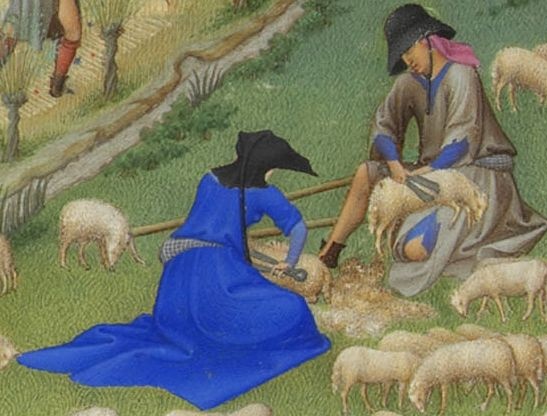KEY CONCEPT
Leadership is often defined in terms of individuals with personality traits and attributes that allow them to inspire their followers. A team of researchers offer an alternative perspective on leadership: leadership as ongoing processes and practices, organized by people through their interactions in the mundane day-to-day operations of an organization.
IDEA SUMMARY
For three Scandinavian researchers, the traditional approach to leadership almost renders the term a misnomer: the study of ‘leadership’ is actually the study of ‘leaders’ — the study of the personality traits, behaviours, and performance of (often) heroic individuals who align and inspire their ‘followers.’
Leadership, in this traditional approach, is not only embedded in individuals, it is static. There are moments of great leadership (a courageous decision that proved prescient, for example) or moments of poor leadership (e.g. a mistaken, destructive response in the face of a major challenge).
For Lucia Crevani, now of Sweden's Mâlardalen University, and Monica Lindgren and Johann Packendorff of KTH Royal Institute of Technology in Stockholm, it’s time to leave behind the individualistic, heroic assumptions that define the traditional notion of leadership, and adopt a new, more effective concept of leadership that frees it from great individuals and heroic acts.
Instead of focusing on the competencies and actions of individuals, the three researchers frame leadership as an ongoing series of processes and practices organized by people in interactions.
This new approach replaces heroic leadership action resulting in happy outcomes with ‘co-orientation’ and ‘action-spacing’ resulting in ‘direction.’ Co-orientation refers to constructing a mutual understanding of diverse opinions and decisions. Action spacing refers to constructing a set of opportunities and possibilities for action. All of this construction occurs through interactions by all involved, and leads an ongoing movement forward (direction).
For example, during their in-depth research into the interactions of three very different companies, the researchers observed a discussion among several managers of a large European heavy industry company concerning a U.S. warehouse. Apparently, because of new financial rules, the ownership and management of the warehouse had to be transferred to the main company. The three managers agreed that while the parent company would have ultimate control, the day-to-day management of the warehouse should not be transferred to parent company managers. The managers noted that they didn’t have the local know-how to manage the warehouse — and that if the Americans tried to shift responsibility to the Europeans (which they had tried to do earlier), the Europeans would resist.
At the heart of this example are interactions, specifically interactions among the European managers and interactions between the European managers and U.S. managers. Through these interactions, the managers are constructing boundaries and roles — who does what or who is responsible for what in each organization.
More specifically, to use the terms of the researchers, the European managers co-orient their reaction to the new development: they agree among themselves that no matter how much the U.S. might insist, the parent company managers will not accept the management of the warehouse, and they will inform the U.S. managers of this decision. The European managers also create an action space: U.S. managers will be responsible for the management of the warehouse, and European managers will control the situation — for example, the U.S. managers must adhere to the European managers’ decisions on the division of roles and responsibilities. In this example, the European managers through mundane interactions developing an organizing process in a certain direction are ‘doing leadership’ — leadership that is devoid of individualism, heroic attributes or leadership-followership dynamics.
BUSINESS APPLICATION
A new theory of leadership has implications for the real-world practice of leadership and leadership development. While the democratization of leadership roles is not new — that is, leadership is not necessarily synonymous with authority and power — this approach explodes the paradigm: leadership is not about individuals but about interactions; it is not about personality traits or competencies, but about processes and practices.
To reflect this new paradigm, leadership development should emphasize that:
- the potential for leadership exists in every social situation;
- leadership is not about heroics but about the mundane;
- great leadership is found in the mastery of everyday practices and interactions;
The new approach to leadership alters the concept of power. Instead of studying how managers exercise power, leadership development should study how power relations are produced and reproduced through the interaction-based process of leadership.
Even the concept of the organization evolves — from the organization as entity to the organization as process.
In sum, with this new approach, tomorrow’s leaders can find inspiration and guidance on leadership not from the powerful goings-on at the top of the organization (or their units within the organization) but rather from the mundane day-to-day relationships and interactions that surround them.
REFERENCES
Leadership Not Leaders: On the Study of Leadership As Practices and Interactions. Lucia Crevani, Monica Lindgren & Johann Packendorff. Scandinavian Journal of Management (March 2010).











